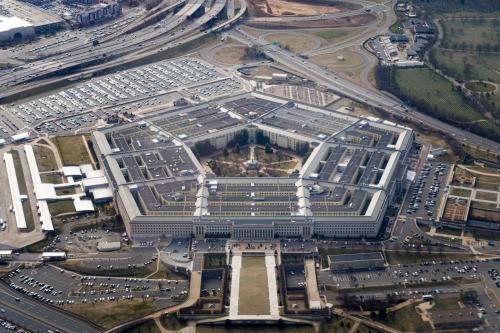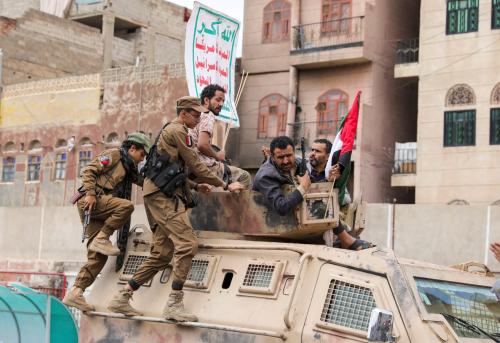Nearly a year since U. S. forces helped topple the Taliban, attempts to build a functioning Afghan government remain in their infancy. This void, particularly in the security sphere, casts a shadow over the long-term prospects of Operation Enduring Freedom.
While attentions have shifted elsewhere, the international community has barely been able to maintain the status quo in Afghanistan. The new Afghan government remains essentially divided and powerless. Token U.S. and French efforts to build an Afghan army have trained only about 1,600 soldiers over the past six months. Moreover, the force?s leadership is unrepresentative of the country?s ethnic makeup and the pay is low, so roughly a third of the recruits end up quitting. Thus, there is still no substantial and representative Afghan national force, and security remains a major problem. Indeed, President Hamid Karzai must rely on an outside private security company to protect him from assassination. Resurgent Taliban and Al Qaeda forces operate with increasing temerity (averaging 50 attacks on U.S. forces every month), rival warlords continue to control most of Afghanistan, and the only flourishing trade is the illegal one in private customs duties and narcotics.
Despite this, the Afghan government still clings to the idea that it can build a centralized army of 70,000 and completely disarm the warlord forces – who by some estimates number 700,000 fighters – all in the span of the year. The United States, for its part, now estimates that the army will cost $350 million a year to train, equip and operate, and that this training can be completed in two years. Both plans are highly optimistic. Moreover, without a concept for integrating, rather than instigating, the warlords and making the Afghan army truly representative, they risk backfire.
This failure to think realistically about Afghanistan?s future could undermine the overall goals of the U.S. in Central Asia. After its initial military success, the Bush administration reverted to its campaign rhetoric of avoiding “nation building,” and shunned the lessons that the international community painfully learned in the interventions of the 1990s, including the need to build an international apparatus to help rebuild war-torn societies. As a result of this policy, U.S. military forces are ironically more involved in local politics and civil affairs than ever (i.e. ?nationbuilding? by any other name), but do not have the backing of international institutions and NGOs better suited for these roles. The local government is no closer to standing on its own two feet.
This not only raises great worries about the prospects for long-term stability in Afghanistan, but also for what might happen in a potential post-war Iraq. While the U.S. has shown the capacity to eject malevolent leaders from power, it has yet to develop a blueprint on how build a successful and stable political system in their void. The U.S. failure to do so not only brings the problems that originally motivated intervention back full circle, but also risks ensnaring U.S. military forces in these troubled areas for the foreseeable future.



Commentary
Postscript: A New Model Afghan Army
December 1, 2002